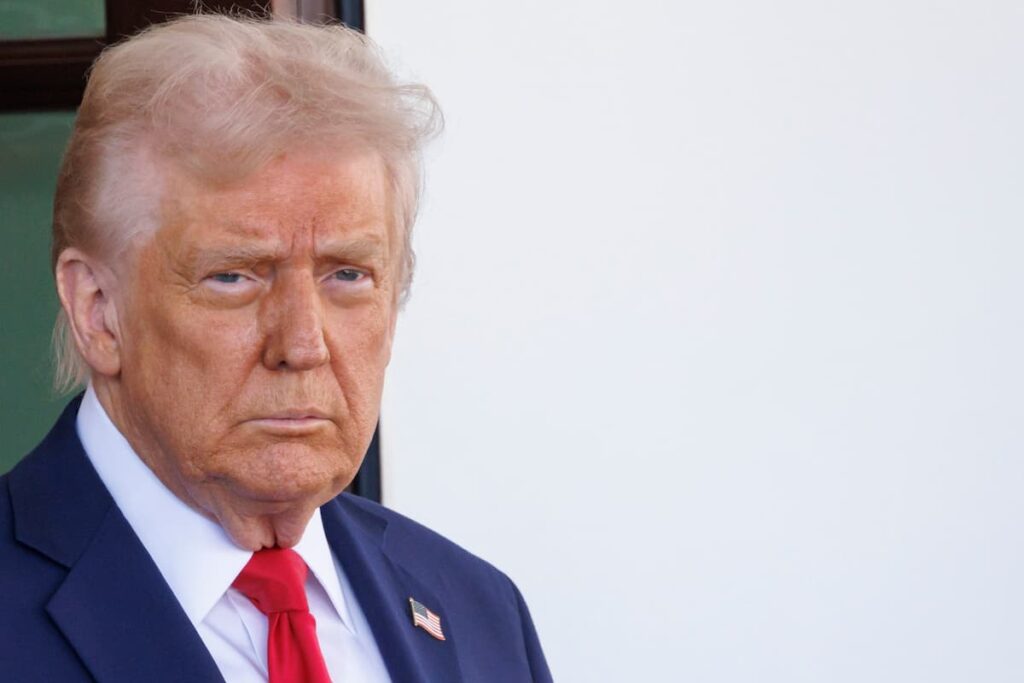Amid mounting global trade tensions, U.S. President Donald Trump has agreed to delay a planned 50% tariff on European Union imports. The move comes after a renewed effort from both sides to get negotiations back on track, signaling a possible shift from confrontation to cooperation—at least for now.
Tariff Threat Temporarily Lifted
The initial threat of heavy tariffs was triggered by stalled trade discussions between the U.S. and the European Union. Trump had expressed dissatisfaction with the pace of the talks and declared that the 50% import levy would be implemented as a consequence of the lack of progress. The announcement had created ripples across global markets, generating concern among industries and governments alike.
However, following a recent phone call between the U.S. president and the head of the European Commission, the U.S. decided to extend the deadline. While no agreement has yet been reached, this extension offers a temporary pause in hostilities and opens a window for continued discussions.
The deadline has now been pushed to a later date that aligns with a previously agreed 90-day tariff pause. This revised timeline gives both sides the opportunity to regroup and potentially make meaningful advancements in the negotiations.
Commitment to Accelerate Talks
In response to the extension, the European Commission has reaffirmed its commitment to move quickly and decisively in the upcoming stages of the trade discussions. The goal is to reach a fair and mutually beneficial deal, reinforcing the significance of the U.S.-EU trade relationship.
The European Union had previously requested additional time, citing the complexity of the issues at hand and the need for coordinated strategy among member states. With the new deadline in place, both parties are expected to engage more actively in resolving trade barriers, including those related to tariffs, subsidies, and regulatory differences.
This development is especially important given that the U.S. and EU maintain one of the most significant trade relationships globally. Any escalation in tariffs could have wide-reaching effects on industries such as automotive, agriculture, and manufacturing.
Market Reaction and Global Implications
Financial markets responded positively to the news of the extension. Both the euro and the U.S. dollar saw gains, reflecting investor relief over the reduced likelihood of immediate economic disruption.
Trump’s shifting tariff policies have frequently generated uncertainty across international markets, often resulting in short-term volatility. Still, recent trends indicate that despite harsh rhetoric, the U.S. administration is open to negotiation and compromise—at least when its trade partners show willingness to engage.
Earlier this month, similar breakthroughs were achieved with China and the United Kingdom, where trade tensions had also been on the rise. These cases suggest a broader pattern in the administration’s strategy: apply pressure through public threats, then backtrack once meaningful dialogue is initiated.
A Complex Road Ahead
While the extension of the tariff deadline offers a moment of relief, it does not guarantee a smooth path forward. Observers caution that the journey toward a trade agreement may be filled with challenges, including political pressure from domestic industries, public opinion, and differences in regulatory standards between the two economic powers.
Officials within the EU, including representatives from individual member states, have acknowledged that while they remain optimistic about reaching a deal, they also anticipate that the process will involve intense negotiations and unexpected hurdles.
Nevertheless, the willingness to delay such a significant tariff shows a shared interest in maintaining economic stability and preserving one of the world’s most influential trade relationships. Both the U.S. and the EU now have a limited timeframe to move from diplomacy to actionable solutions that benefit their respective economies.



